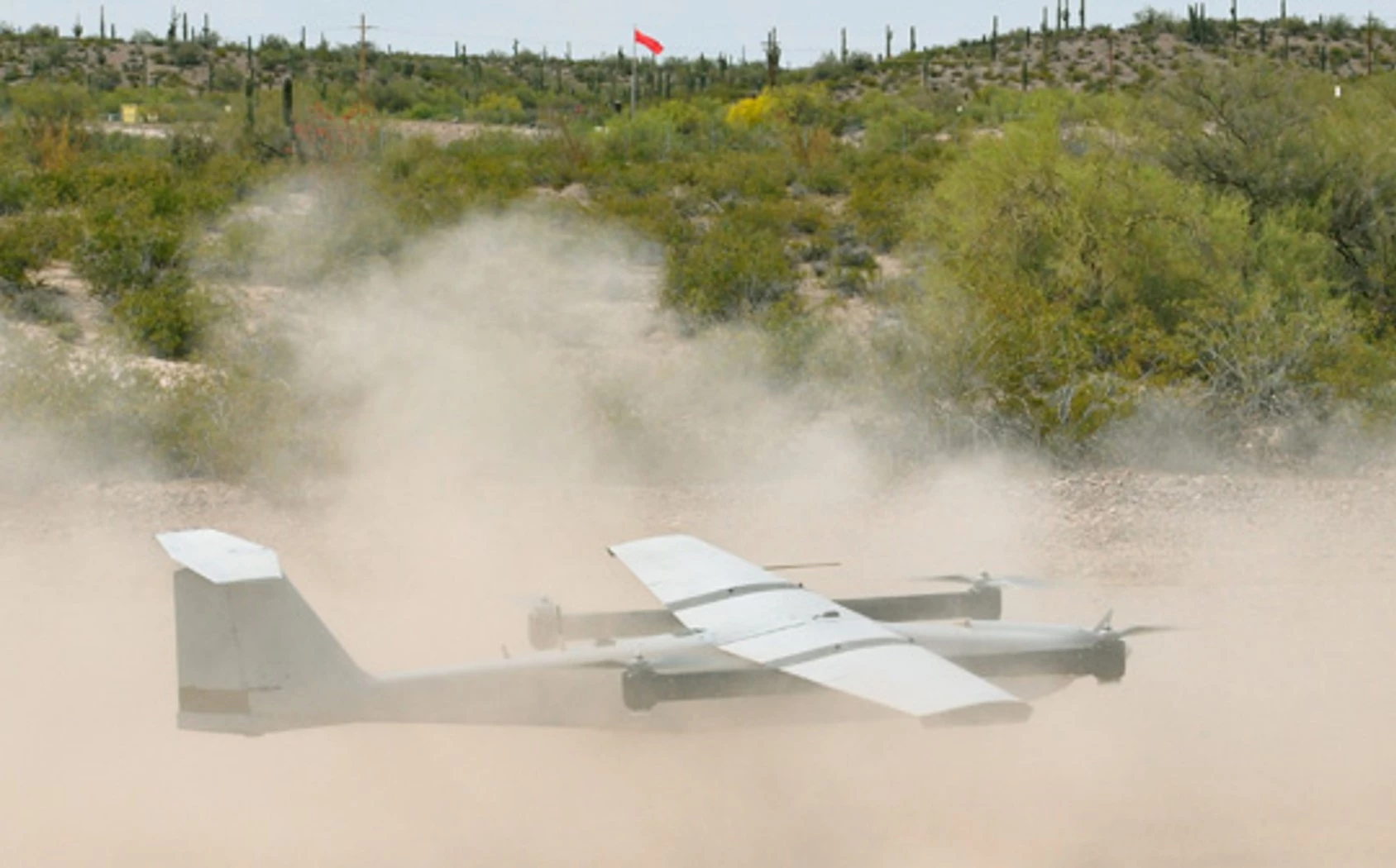Fixed-wing Unmanned Aerial Vehicles (UAVs) have a lot of advantages over manned aircraft, but much of that is lost when they get too big to be launched by hand and start needing runways and catapults to get aloft. Vertical Takeoff and Landing (VTOL) systems seem like an obvious alternative, but the extra weight of these systems can limit the advantages they offer. Arcturus UAV in Northern California unveiled its solution this week with its Jump VTOL system. Using self-contained electric lift motors, this add-on system is designed to provide tactical UAVs with VTOL capabilities without the usual penalties of payload and range.
One big advantage of UAVs is that you can base them anywhere. Instead of calling back to base for aerial reconnaissance, or even sticking their heads over a wall, foot soldiers can pull a UAV out of backpack and launch them as easily as a child's toy. Unfortunately, once UAVs get beyond a certain size, launching them is as hard as with a small plane, requiring landing strips or some sort of catapult and recovery system for takeoff and landing.
At first glance, VTOL systems seem the obvious answer. They don't need runways, they're self-contained, and they don't need a reinforced airframe that catapult systems demand. But VTOL systems add their own weight and complexity to the craft. VTOL on conventional aircraft is notorious for reducing payload and range. On the smaller scale of a UAV, this is even worse.

Designed for border protection, aerial mapping, search and rescue, and defense, Arcturus Jump works as an add-on to current Arcturus T-20 and T-16 fixed wing UAVs. The basic idea is that by retrofitting the UAVs with self-contained electric lift motors instead of redesigning the craft as a specialized VTOL version, the weight penalty can be kept down. That means more payload and greater range.
According to Arcturus, the Jump units can be installed by two technicians in 15 minutes, turning the UAV into a hybrid fixed-wing/quadcopter. To further reduce the penalty of the added units, the lifting props minimize drag by feathering while in horizontal flight. Control of the UAV and the Jump system is by a Piccolo autopilot command center software and Latitude Engineering’s Hybrid-Quadrotor technology, which provides seamless transition between vertical and horizontal flight. Arcturus says that the flight systems are fully autonomous and can be controlled by a ground crew of two.
"This is a pivotal moment in the history of small unmanned air vehicles," says D'Milo Hallerberg, president of Arcturus UAV. "JUMP™ is to UAVs what the touch screen was to smart phones."
The video below shows the JUMP system in action.
Source: Arcturus









